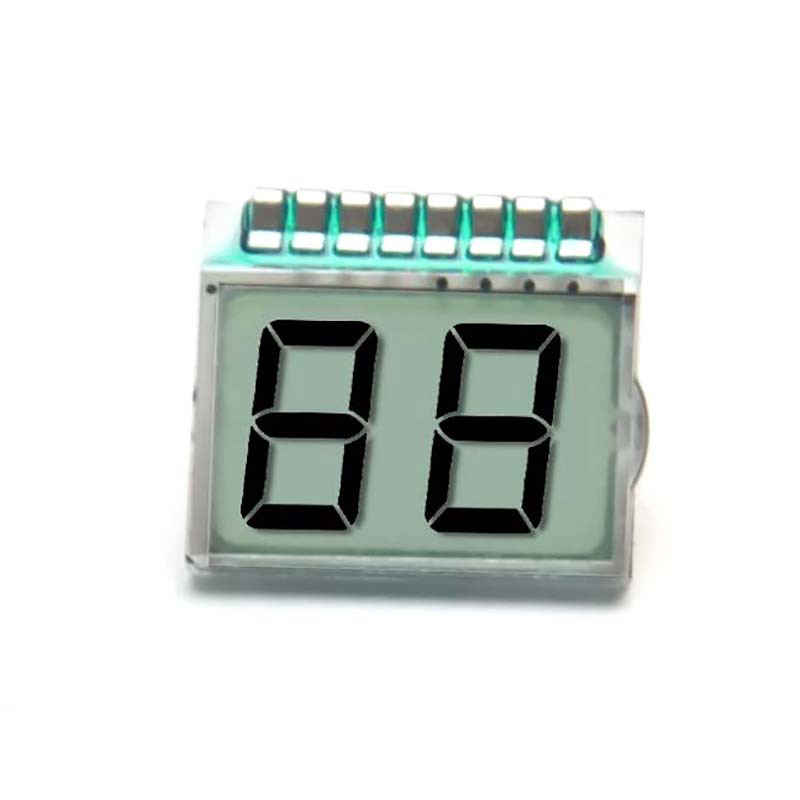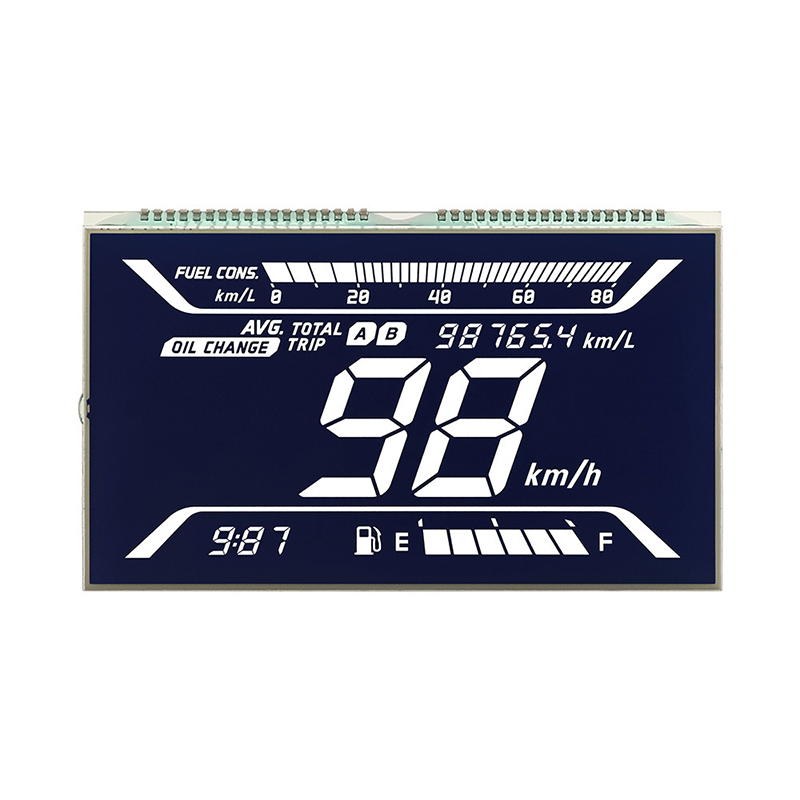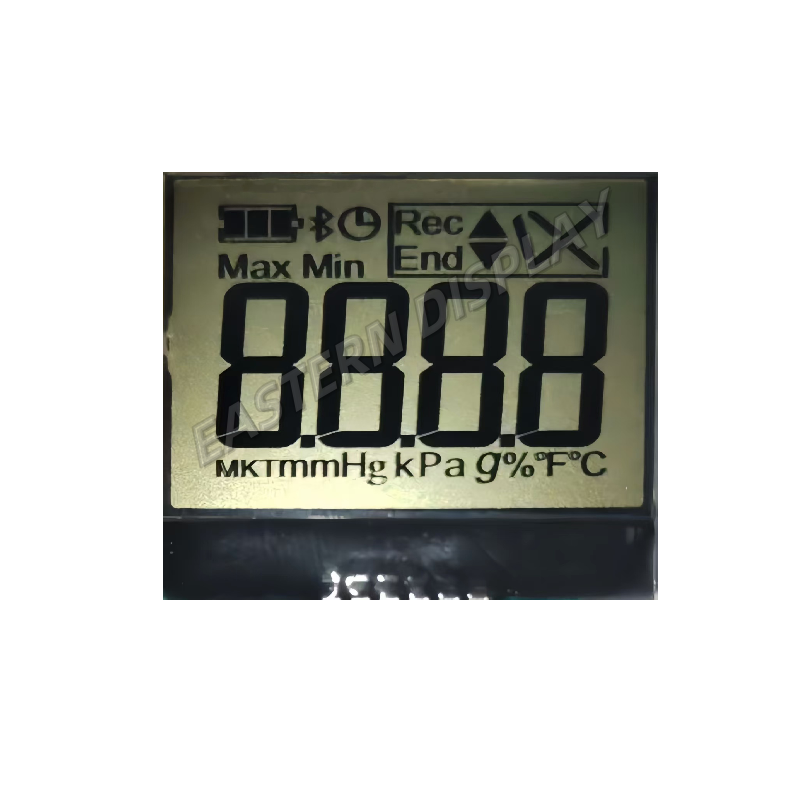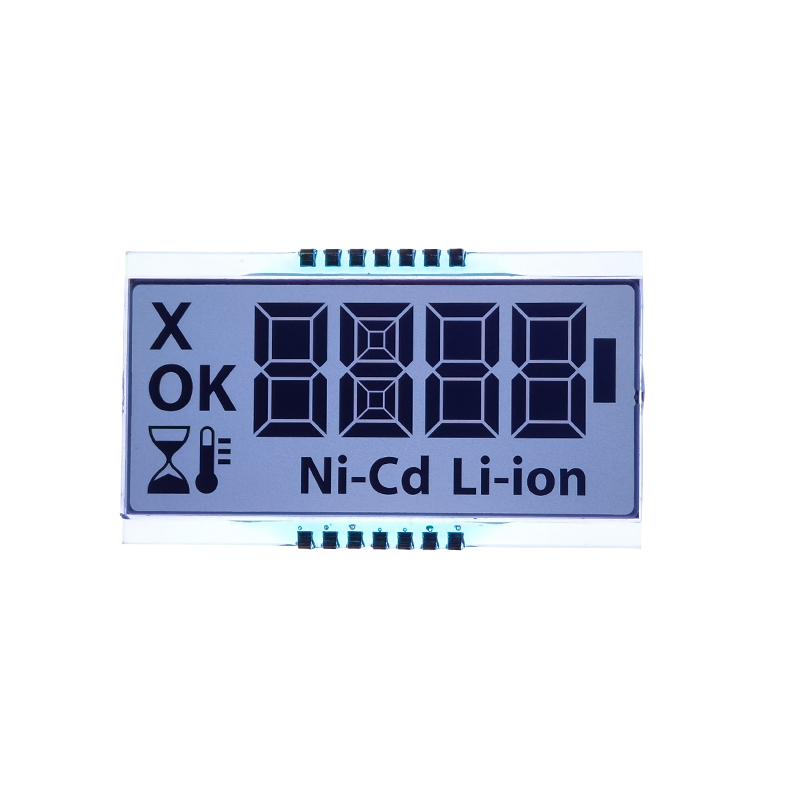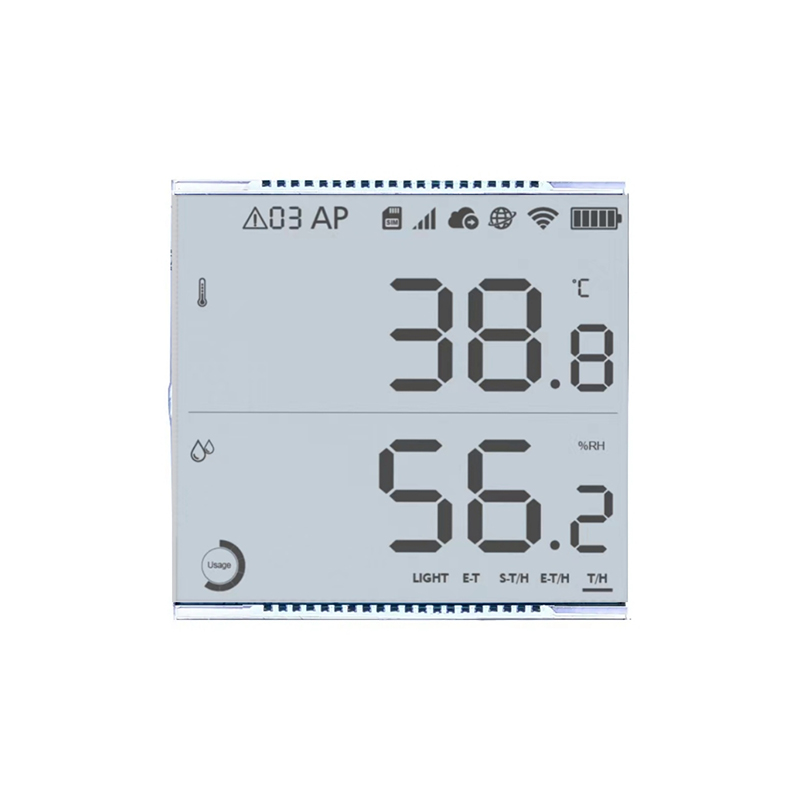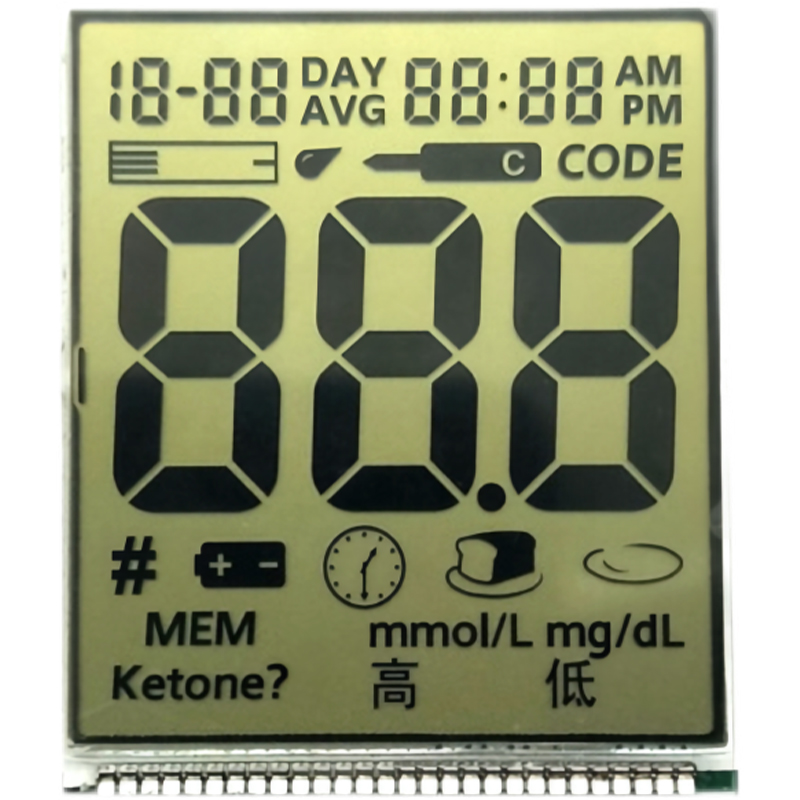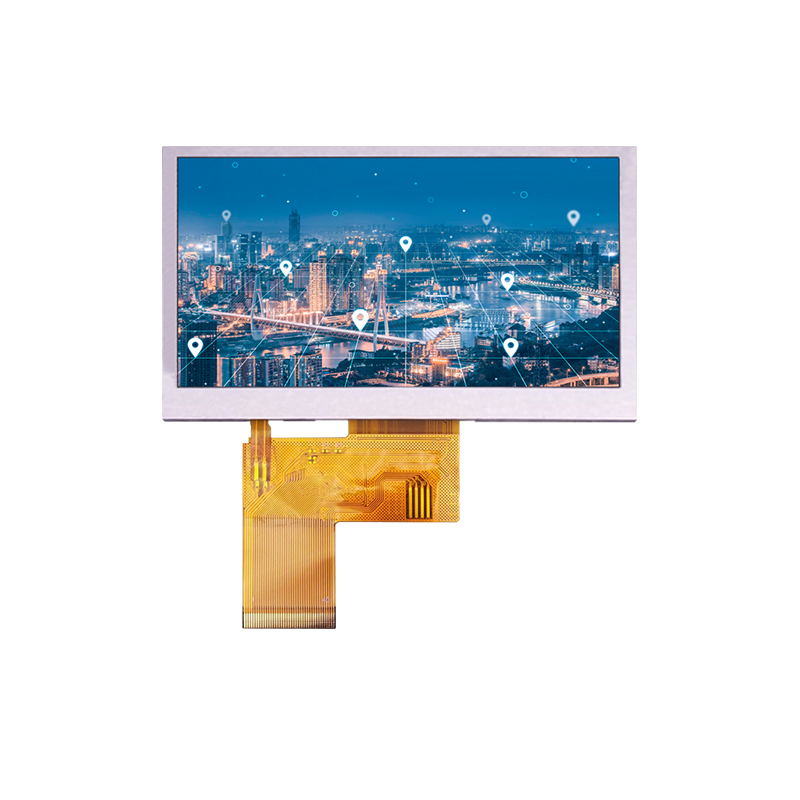
This comprehensive guide explores the world of Samsung OLED displays, covering their technology, benefits, applications, and considerations for consumers and businesses. We'll delve into the specifics of their performance, comparing them to other display technologies, and examining their role in various industries. Discover why Samsung OLED displays are a leading choice for high-quality visuals.
Organic Light-Emitting Diode (OLED) technology is fundamentally different from traditional LCD displays. In OLED, each pixel generates its own light, eliminating the need for a backlight. This allows for perfect blacks, resulting in superior contrast ratios and vibrant colors. Samsung OLED displays leverage this technology to deliver stunning image quality.
Samsung OLED displays boast several key advantages: perfect blacks leading to infinite contrast ratios, wider viewing angles with consistent color accuracy, incredibly fast response times ideal for gaming and action movies, and superior energy efficiency compared to some LCD alternatives. These features contribute to an unparalleled viewing experience.
While Samsung OLED displays excel in many areas, it's crucial to understand their differences with other technologies like QLED (Quantum dot LED) and MicroLED. While QLED offers excellent brightness and color, it lacks the perfect blacks of OLED. MicroLED, a newer technology, promises even greater brightness and efficiency but is currently more expensive. The table below summarizes the key differences:
| Feature | Samsung OLED | QLED | MicroLED |
|---|---|---|---|
| Black Levels | Perfect | Good | Excellent |
| Contrast Ratio | Infinite | High | Very High |
| Brightness | Good | Excellent | Exceptional |
Samsung OLED displays are ubiquitous in high-end smartphones, offering vibrant colors and deep blacks for a superior mobile viewing experience. Their slim profile contributes to the sleek design of many flagship devices.
Samsung OLED TVs are renowned for their exceptional picture quality, making them a popular choice for home theaters and discerning viewers. The deep blacks and high contrast significantly enhance the viewing experience.
For professionals requiring precise color accuracy and stunning visuals, Samsung OLED monitors offer a compelling alternative to traditional LCD monitors, particularly for graphic design and video editing.
Selecting the right Samsung OLED display depends on your specific needs and budget. Consider factors like screen size, resolution, refresh rate (especially for gaming), and HDR support. Reading professional reviews and comparing specifications from reputable sources will help you make an informed decision.
Samsung OLED displays represent a significant advancement in display technology, offering superior image quality and performance across various applications. By understanding their advantages and limitations, you can make an informed choice that meets your specific needs. For high-quality LCD and OLED display solutions, consider exploring the innovative offerings from Dalian Eastern Display Co., Ltd. a leading provider in the display industry.
1 Samsung Display Website (Specific product pages should be referenced for individual product specifications.)


